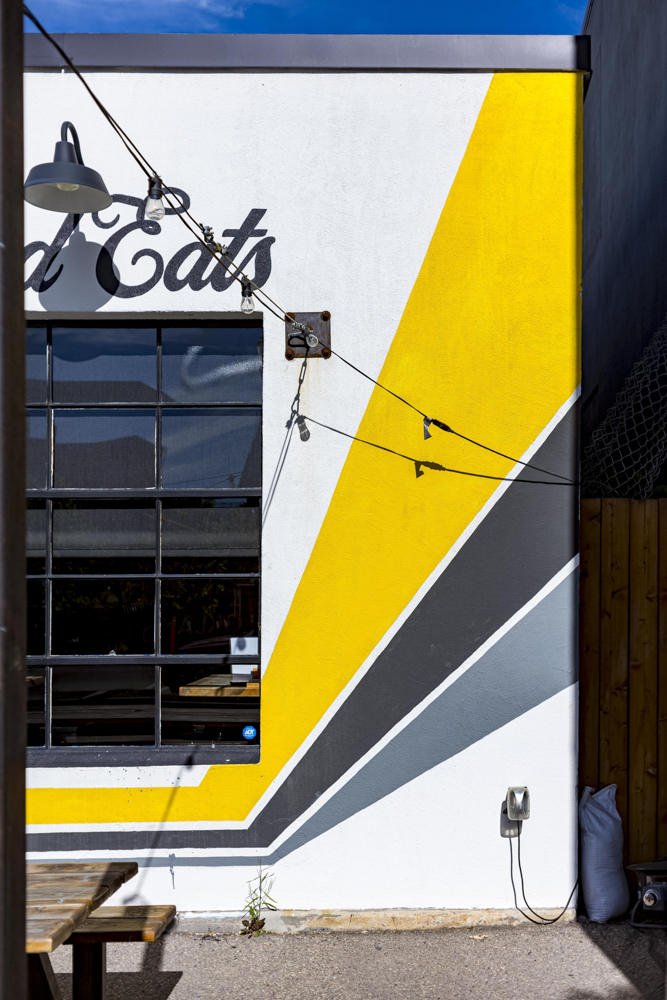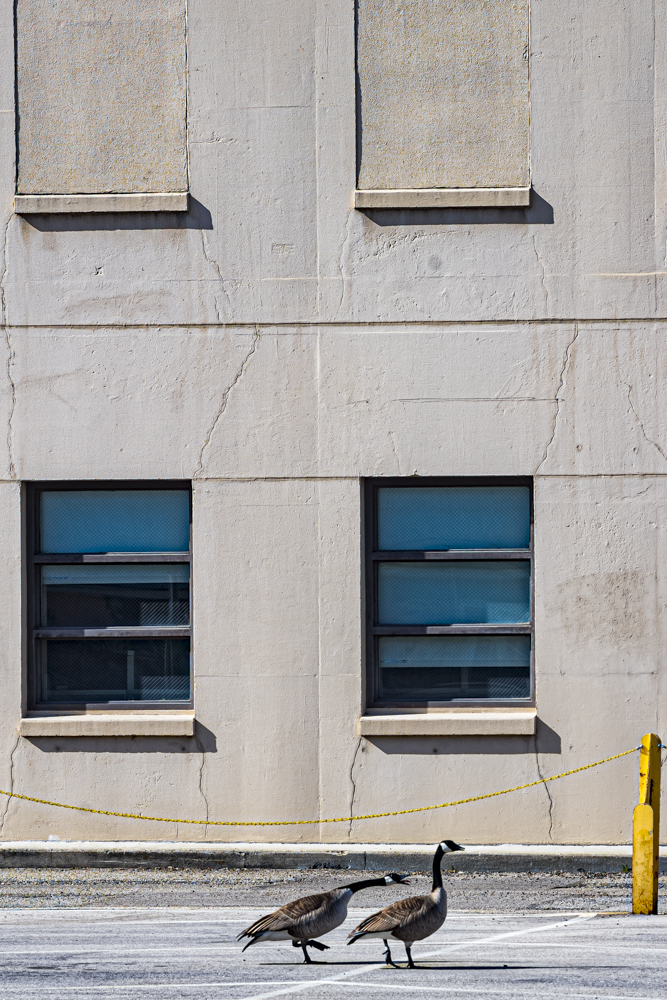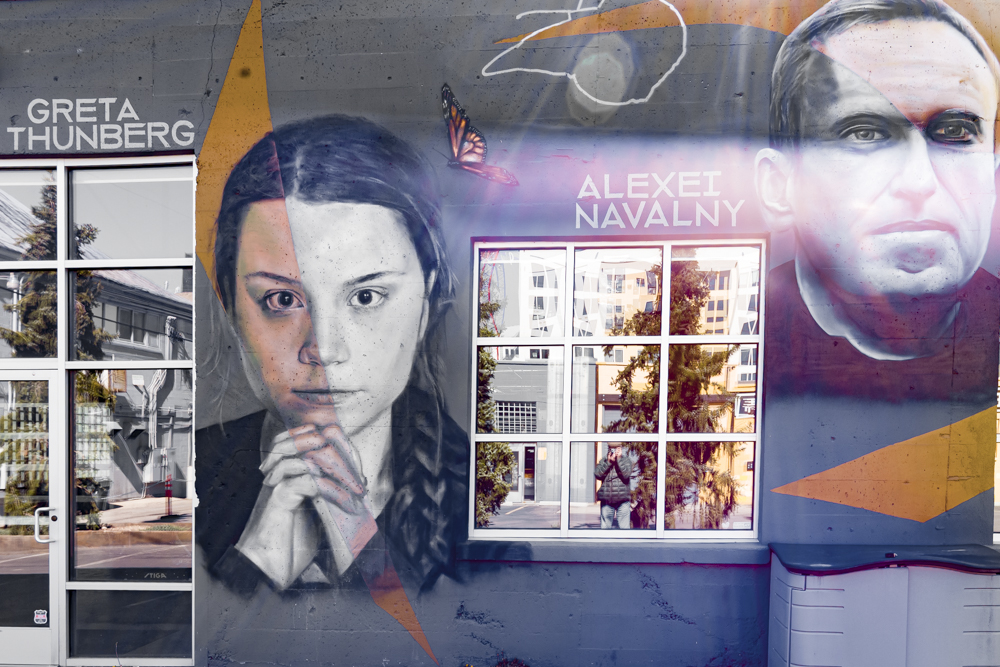Yum, yum.

Leica M10, 35mm Canon LTM.
Yum, yum.

Leica M10, 35mm Canon LTM.
Shadows.

Leica M10, 21mm Color-Skopar ASPH, processed in Silver Efex 2.
Noise makers.

The one at the left was making the most awful racket. Doubtless the female of the pair.
Leica M10, 90mm Tele-Elmarit.
Come and get it.

Leica M10, 35mm f/2 Canon LTM.
Two heroes.

Leica M10, 21mm Color-Skopar Aspherical at f/5.6.
Straight into the sun, with the flare removed using LRc’s ‘Dehaze’ slider. Yours Truly in the lower center.